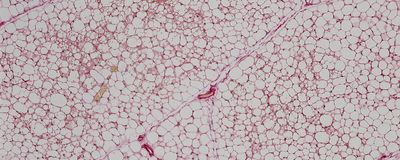News
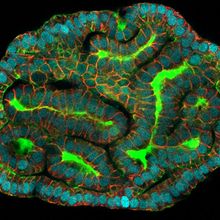
The Era of Organoids: Disease Modeling, Developmental Research, and Drug Response Prediction
Rebecca Roberts, PhD | Jan 4, 2025 | 5 min read
Acting as mini organs in a dish, organoids fuel diverse research areas, from cancer to evolutionary biology.

Exerkines: Molecular Messengers That Mediate Exercise Effects
Sneha Khedkar | Jan 3, 2025 | 6 min read
How does exercise benefit health? Molecules called exerkines partly regulate its effects and provide therapeutic targets to mimic the benefits of exercise.
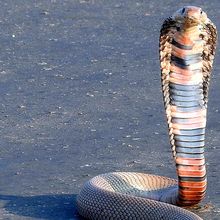
Artificial Blood Vessels Help Scientists Study Deadly Snakebites
Claudia Lopez-Lloreda, PhD | Jan 3, 2025 | 3 min read
Venoms from four different snake species work differently to disrupt blood vessels.
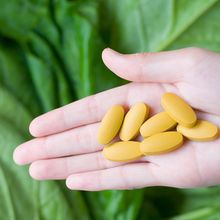
Vitamin K Precursor Takes On Prostate Cancer
Laura Tran, PhD | Jan 2, 2025 | 5 min read
Long focused on antioxidants, researchers are now exploring a new route to combat prostate cancer: pro-oxidants.
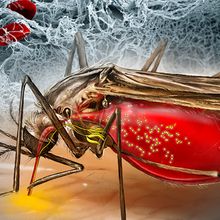
Targeting Mosquito Spit Could Stop Parasites in Their Tracks
Shelby Bradford, PhD | Jan 1, 2025 | 5 min read
A protein found in the saliva of Anopheles gambiae stopped blood from clotting in the insects’ stomachs and aided parasite transmission.
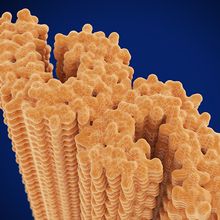
Uncovering the Unexpected: Developing a Novel Anti-Tau Therapy
Charlene Lancaster, PhD | Dec 31, 2024 | 4 min read
Ke Hou generated a compound that prevents tau aggregation in the murine brain, but the potential Alzheimer’s disease therapy also had a surprising property.
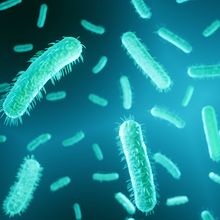
Building Bacterial Drug Factories
Aparna Nathan, PhD | Dec 30, 2024 | 3 min read
Drug-manufacturing bacteria can provide a more targeted approach to treat gut diseases.

A Nanoparticle Approach to Treat Torn Tendons
Aparna Nathan, PhD | Dec 29, 2024 | 4 min read
Alayna Loiselle has found a way to bring therapeutics straight to an injured tendon.
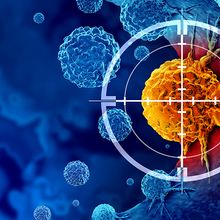
Great Anticancer Potential Comes in a Small Package
Niki Spahich, PhD | Dec 28, 2024 | 4 min read
Jingjing Sun developed a novel, ultra-small nanocarrier that actively targets tumor cells.
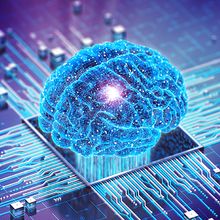
Artificial Intelligence in Biology: From Neural Networks to AlphaFold
Rebecca Roberts, PhD | Dec 27, 2024 | 5 min read
Using AI models, scientists can predict gene expression, design new proteins, and create precision medicines.
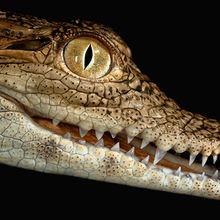
Mechanics, Not Genetics, Determine Crocodile Head Scale Patterns
Sahana Sitaraman, PhD | Dec 18, 2024 | 4 min read
The scales on a crocodile’s head develop differently than those on its body. The explanation lies in tissue mechanics.
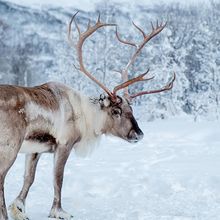
Reindeers Pave the Way for Regenerative Medicine
Sneha Khedkar | Dec 18, 2024 | 6 min read
Investigating how reindeers shed and regenerate their antlers offers clues into mammalian organ regeneration.
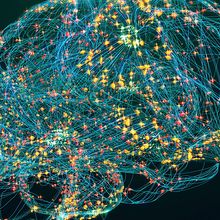
Could Remnants of Ancient Viral Infections Affect Human Health Today?
Hannah Thomasy, PhD | Dec 18, 2024 | 4 min read
Patterns of human endogenous retrovirus expression linked to decreased neurodegenerative disease risk.
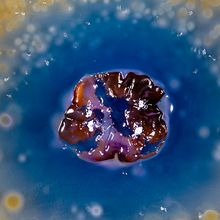
The Art of Biofilm Photography: From Petri Dish to Portrait
Laura Tran, PhD | Dec 17, 2024 | 4 min read
A microbiologist blends science and art to bring biofilms to life. His work, showcased in museums and books, captivates scientists and curious minds alike.

What's Your Story? Ideas and Discoveries Worth Sharing
The Scientist | Dec 16, 2024 | 2 min read
Our second annual writing contest provides life scientists with a platform to try their hands at science journalism, tell their science stories, develop their communication skills, and publish their work.
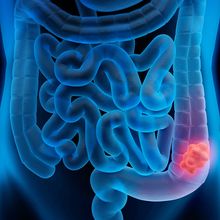
Colorectal Tumors are Born When Stem Cells Die
Sahana Sitaraman, PhD | Dec 16, 2024 | 5 min read
New research describes the early steps of colorectal tumor formation and lays a foundation for improving diagnosis and treatment of aggressive cancers.

How Dietary Fructose Fuels Tumor Growth
Sneha Khedkar | Dec 13, 2024 | 4 min read
The liver breaks down dietary fructose into lipids that are used by cancer cells to boost their growth in mice.
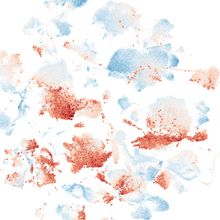
An AI Lab Partner Helps Sift Through Transcriptomics Data
Kamal Nahas, PhD | Dec 12, 2024 | 4 min read
Big omics datasets can be overwhelming for researchers with limited programming skills, but texting with a new AI chatbot could help them wade through their results.
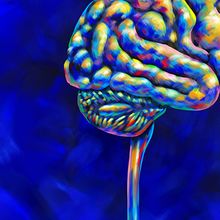
Trippy Science Unravels the Mystery of Psychedelics’ Antianxiety Effects
Iris Kulbatski, PhD | Dec 12, 2024 | 4 min read
Researchers mimic the antianxiety effects of psychedelics by identifying and activating specific brain regions in an important step towards developing therapeutics that do not cause hallucinations.
